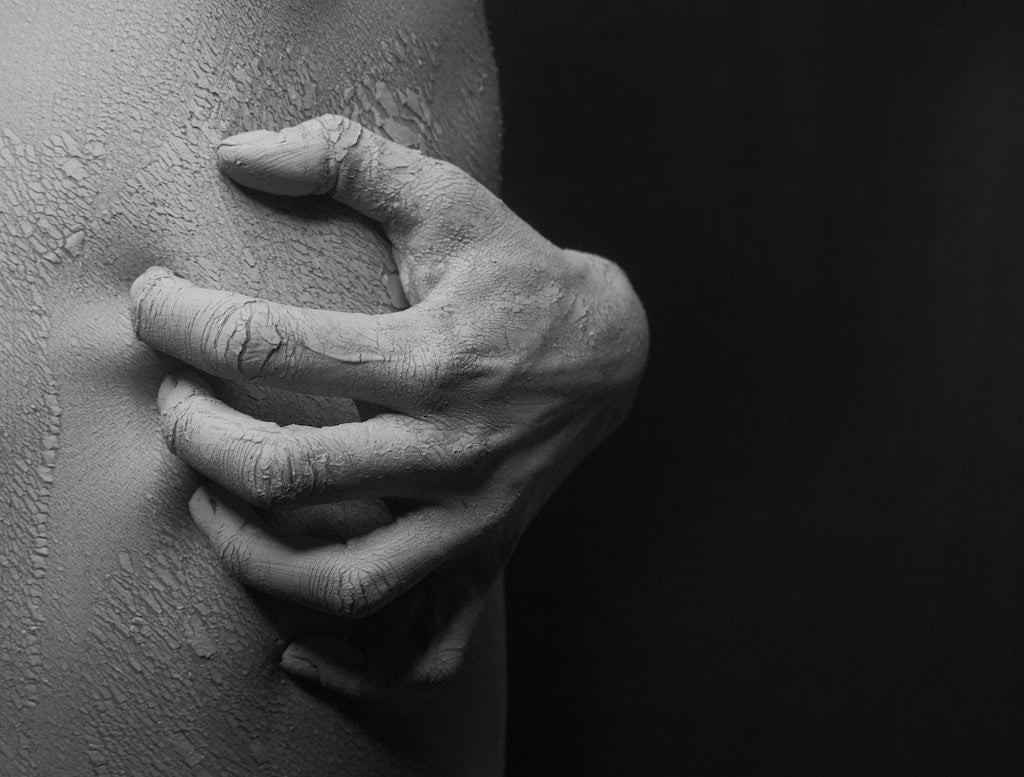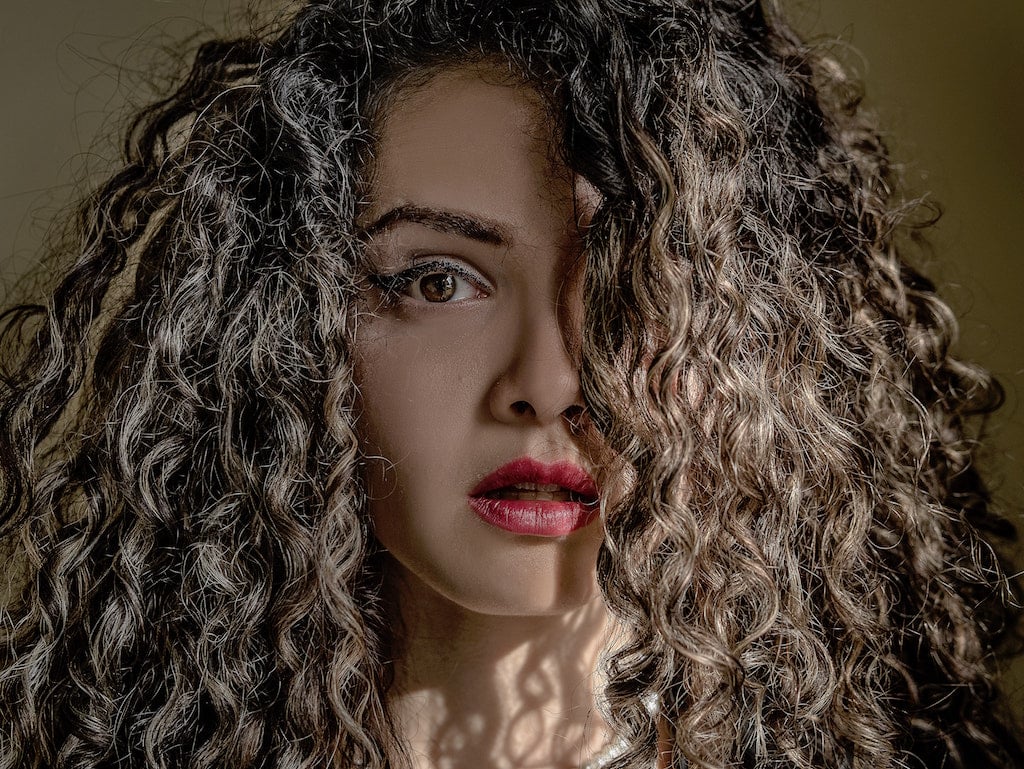
You’ve received the new adorable piercing that you’ve been dreaming of for months, and you start forming unsightly bumps around the piercing site. Uh-oh.
Bumps are fairly common during the healing process for cartilage piercings. Cartilage heals slower than your earlobes, so they are more susceptible to irritation, infection, and other healing mishaps.
Luckily, the vast majority of piercing bumps will go away on their own. There are some treatment options that you piercer may recommend, but for the most part, the best thing that you can do for your piercing bumps is to continue to care for your cartilage and give them time.
However, there are quite a few misconceptions surrounding piercing bumps that might cause some anxiety, especially if you’re trying to self-diagnose your bump using online resources. To help quell your fears, here is a guide to piercing bumps, treatments, and common myths.
Whether you have a cold or a piercing complication, it’s never a good idea to self-diagnose an issue. If you do develop a piercing bump, the best course of action is to visit a reputable piercer, and they’ll let you know the source of the bump and what you can do to treat it.

We do understand that sometimes it’s nice to do some of your own research prior to visiting your piercer, so we’ve put together a description of common bumps. Just keep in mind that it’s always best to have a piercer take a look and confirm rather than making a diagnosis on your own.
You might have a pustule (sometimes referred to as a piercing pimple). A pustule forms for a number of reasons: you have a tiny, localized infection, your pores have become clogged, or the area has been irritated. Pustules may occur in new piercings or piercings that are many years old. All-in-all, pustules are fairly minor and easy to address.
Keeping the piercing area clean, practicing proper aftercare, and refraining from touching the piercing site are all ways to avoid pustules. Unfortunately, you can do everything right, and a pustule may still form.
Although you may be tempted, don’t pop it yourself or touch it. The oils on your skin and extra trauma will only make the pustule worse. You will need to encourage drainage through saline soaks or warm compresses.
The pustule should eventually go away. If it continues to reemerge, consult your piercer.
You could be experiencing hypertrophic scarring. If you’ve ever gotten a raised scar before, that’s hypertrophic scarring. It occurs when too much collagen is produced during healing, and it can happen to anyone. Hypertrophic scarring almost always goes away on its own after a certain amount of time.
Hypertrophic scarring often occurs after a trauma to the piercing site. This can be due to poor piercing practices, jewelry that’s too small, or jewelry that’s been snagged or played with too often. It’s imperative, therefore, that you leave the jewelry alone and keep it free from snags as it heals.
Unfortunately, sometimes hypertrophic scarring occurs no matter what you do. Don’t worry too much; these will eventually go away on their own.
Healing hypertrophic scarring is largely about giving it time. As the extra collagen breaks down, the bump goes away on its own, and you’ll barely be able to see the scar at all.
You might have read that you should place pressure on the hypertrophic scar to help it go away. This may actually cause more damage to the healing piercing and is poor practice. The best thing to do is wait.
It’s always a good idea to see your piercer to confirm that it is hypertrophic scarring and not another type of bump that requires treatment.
These types of bumps are likely from some sort of irritation. A healing piercing is quite delicate, and a number of things can cause irritation, including chemicals from soaps and shampoos and poor jewelry materials.

The best way to prevent these types of bumps is to practice perfect aftercare, choose proper starter jewelry (like 14k gold, platinum, or implant-grade titanium), and to keep all products except piercing aftercare saline solutions away from your healing piercing.
If these bumps do appear, it’s best to visit your piercing to get to the bottom of why they’re there. They may switch out your jewelry or adjust your aftercare regimen to help keep your sensitive skin healthy.
Some bumps appear for other reasons. You may have been pierced incorrectly, the jewelry might be too small, or your body may be having an adverse reaction to something.
Part of the reason why it’s so important to visit your piercer instead of self-diagnosing your piercing bump is that there are many reasons why your bump may occur. When you have a piercer take a look at your bump, they’ll ask you a few questions to try and gauge what’s wrong and which treatment option to take. Sometimes, the treatment option that’s best for one piercing bump might make another worse, so you really want to have a professional guide you.
If you have a piercing bump that won’t go away, and you’ve seen your piercer multiple times, consider getting a second opinion.
The internet is full of misinformation when it comes to keloids and piercings. If numerous blogs are to be believed, keloids are quite common in body piercings.

In fact, keloids are a more serious genetic condition that appears in only about 10% of the population. They can occur in any wound, including minor bug bites, so if you’ve never had a keloid before, it’s almost guaranteed that you’re not growing a keloid on your piercing.
Keloids appear after the piercing has healed, and they are bulbous, discolored, and they grow outside of the piercing area. If your bump is small, appears during healing, and only shows up on or near the piercing site, then you’ll be relieved to know that it’s not a keloid.
When you start to see a piercing bump appear, it’s always a good idea to visit your piercer. While many piercing bumps simply require time to heal, other piercing bumps may need an adjustment to your jewelry or aftercare practices, and your piercer will be able to guide you in the right direction.
Some piercing bumps appear due to poor piercing practices. If you got pierced by a piercer who is not an Association of Professional Piercers member, who used poor materials—like jewelry that’s externally threaded—or who gave poor aftercare advice (such as recommending the use of tea tree oil on healing piercings), then this is a sign that your piercer is an amateur. In this case, it’s a good idea to consult a more reputable piercer so that they can let you know whether or not you need to let the piercing heal and get repierced later.
The good news is that the majority of bumps can be avoided through conscientious aftercare practices. Simply clean your piercing 2 – 3 times daily with a piercing aftercare saline solution, refrain from touching or twisting the jewelry, and take care not to snag the jewelry, and it’s very likely that you’ll avoid piercing bumps altogether.
The key thing to remember when in doubt about the health of your piercing is to see your local APP piercer and ask them for advice. If you feel that your piercing is infected, see a doctor for appropriate treatment. If you’re following the right steps and it doesn’t look or feel infected, then chances are that your piercing will heal just fine after a while. The key is to keep it clean and don’t mess with it, wear the right jewelry, and be patient, as it can take anywhere from a few days to a few months for your piercing to be in optimal health.
Leave A Comment